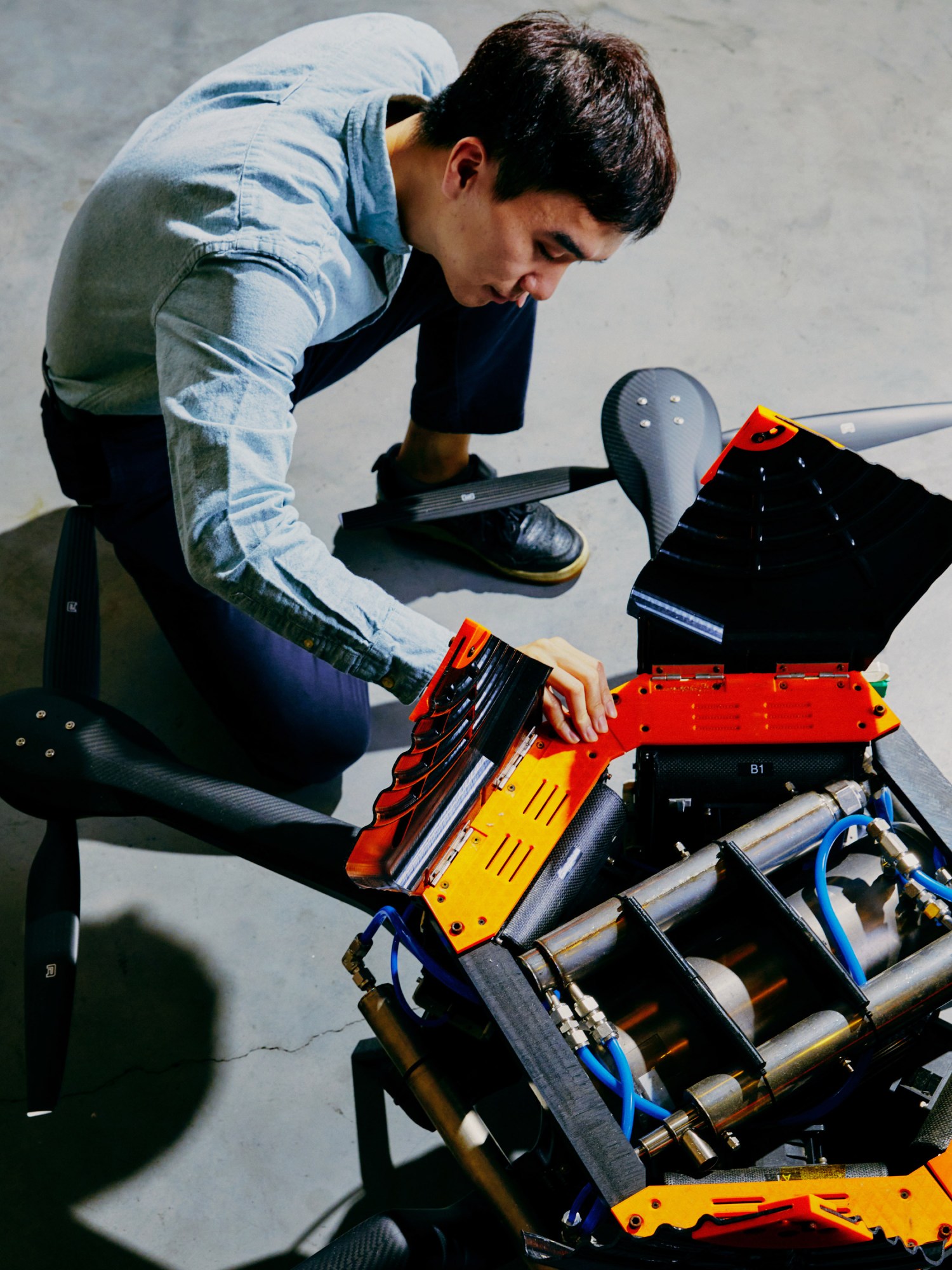Subtotal: 1.060,08€ (incl. VAT)
This startup plans to power a tugboat with ammonia later this year
Young Suk Jo is one of MIT Technology Review’s 2023 Innovators Under 35.
Transportation is one of the world’s most polluting industries, accounting for roughly 15% of global greenhouse-gas emissions. Electric vehicles will make a dent in those emissions in the coming decades, but batteries can’t hold enough energy to power vehicles used in other forms of global transit, like long-range trucks and transoceanic ships.
Young Suk Jo, 34, came up with a possible solution in an unlikely chemical: ammonia. Amogy, a startup Jo cofounded in 2020, is building systems that can use ammonia, typically a component of fertilizer, as a fuel to power trucks and ships.
One of ammonia’s most attractive attributes is its energy density, meaning it can pack a lot of energy into a relatively small space. Liquid ammonia can carry about three times more energy than compressed hydrogen, a leading clean fuel today.
For Amogy, the key to using ammonia in transportation is pulling it apart. One of the core technologies in the startup’s ammonia-to-power system is a chemical reactor called a cracker. This reactor breaks ammonia down into nitrogen, which can be safely released into the atmosphere, and hydrogen. That hydrogen can then be used in a fuel cell to produce electricity.
Ammonia cracking isn’t a new process, but Jo and his co-inventors developed a chemical catalyst that can help the reaction run at a lower temperature, allowing the process to be done onboard vehicles. The team also developed a reactor that can run more efficiently than the current standard, turning roughly 40% of the energy in the ammonia into electricity.
Amogy has demonstrated its technology in a range of vehicles, starting in 2021 with a small drone whose total power demand was about 5 kilowatts and progressing to a semi truck, which ran on the company’s technology in January 2023 and used about 300 kW on average. Jo has overseen this scaling process, retrofitting each vehicle to run using ammonia fuel.


“It’s really exciting to see it coming along,” Jo said during a tour of Amogy’s New York headquarters. The demonstration vehicles were lined up in the parking lot; in between the drone and truck sat a bright green tractor. Jo explained in detail the tweaks required to make each vehicle run using ammonia, unscrewing panels and walking through all the various components.
Amogy’s progress on demonstration vehicles has been “remarkably rapid,” says John Heywoood, a professor emeritus of mechanical engineering at MIT and Jo’s graduate advisor. “There are a lot of pragmatic issues you have to sort out to fit your idea into a real vehicle in the real world and then test it,” he adds.
Moving forward, Jo has his sights set on maritime applications. Oceangoing ships carry more than 80% of the world’s trade, and powering large ships using Amogy’s ammonia-to-power system could help cut emissions without slowing world transport.
The startup plans to demonstrate a larger version of its system in a tugboat in late 2023, and soon after that it hopes to open a manufacturing facility for power modules that can be linked together to fuel large ships.
One potential challenge for Amogy will be the availability of ammonia. While hundreds of millions of tons of the chemical are produced each year, the vast majority is made using a process powered by fossil fuels. Pilot and early-stage commercial projects to produce ammonia using renewable electricity or carbon capture systems are underway, but they will need to ramp up quickly to provide the low-carbon fuel Amogy needs to build a climate-friendly transportation network.
Young Suk Jo is one of MIT Technology Review’s 2023 Innovators Under 35. Meet the rest of this year’s honorees.





